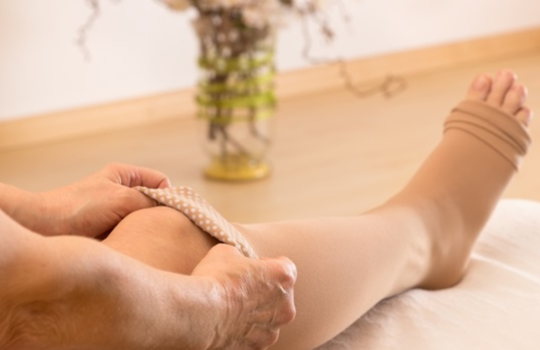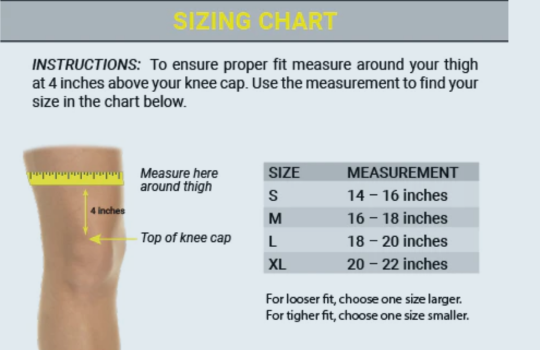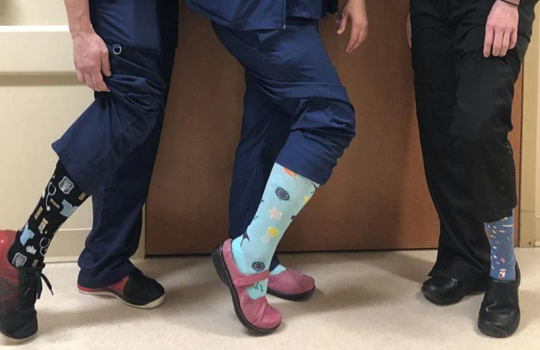Table of Contents
Introduction
Are You Searching For Comfort This Summer? Compression socks could be just what’s needed to keep your legs healthy and comfortable this season, according to this blog post! Compression socks apply gentle pressure to the legs, improving blood circulation and preventing fluid build-up in the body. We will discuss why compression socks are beneficial in summer conditions as well as what types of compression socks work best and how you can select and wear compression socks during hotter weather months.
Why Do People Wear Summer Compression Socks ?
Compression socks have long been recognized for their ability to alleviate various leg-related ailments, such as swelling, fatigue and varicose veins. Unfortunately, summer brings its own set of challenges; such as increased heat exposure, prolonged standing or walking periods and decreased circulation due to heat-induced dilation of blood vessels reducing circulation – factors which only exacerbate existing leg issues further. Wearing compression socks provides an effective and proactive solution to combat these problems and ensure your legs remain comfortable and healthy.
Benefits of Wearing Compression Socks For Summer
1. Swelling Prevention
As temperatures heat up, your blood vessels expand and more fluid accumulates in your legs, leading to swelling, discomfort, and heaviness in them. Compression socks may help by compressing them tight against your legs to push any excess fluid back towards your heart thereby decreasing any symptoms of swelling in the legs.
2. Fatigue Reduction
Extended periods of walking, hiking, or even standing at summer events can lead to tired legs and achy. Summer Compression socks provide support to leg muscles, reducing muscle fatigue and helping you stay on your feet for longer.
3. Varicose Vein Management
Varicose veins are enlarged and twisted veins that appear on the surface of your skin. They are caused by weakened valves in your veins that allow blood to pool in your legs. Compression socks for summer can help to prevent or slow down the development of varicose veins by supporting your veins and preventing blood from pooling.
4. Cooling
Compression socks for summer can help your legs remain cool by drawing moisture away from the skin, which can otherwise cause them to feel sticky and hot in humid environments. They also offer UV protection that may prevent your legs from sunburns.
5.Style
Summer Compression socks come in a variety of colors, patterns, and designs. You can choose compression socks that match your outfit or express your personality. You can also find compression socks that look like regular socks, so you don’t have to compromise on style.
6.Confidence
Compression socks can help to boost your confidence by making your legs look more toned and smooth. They can also hide any imperfections, such as spider veins or scars, that you may feel self conscious about.
If you’re looking for more insights on Compression Socks for Neuropathy, explore our detailed guide to discover how these specialized garments can provide relief. Enhance your understanding now by visiting Compression Socks for Neuropathy article .
Types of Compression Socks for Summer
When selecting compression socks for the summer, it’s important to choose options that cater to the season’s demands. Here are some types of summer compression socks that are ideal for warm weather:
1. Lighter weight Fabrics
In order to stay cool this summer, consider wearing summer compression socks made of lighter weight fabrics such as nylon or merino wool. These fabrics tend to be thinner and more flexible than heavier cotton or polyester fabrics while drying faster and resisting odors better; providing effective compression without adding unnecessary heat.
2. Breathable Fabrics
Breathable fabrics are fabrics that allow air to pass through them, keeping your skin cool and dry. Examples of breathable fabrics are bamboo, silk or microfiber fabrics. Furthermore, these can wick away sweat away from your skin to reduce sweat accumulation which could potentially lead to irritation or infection.
3. Open Toed or Ventilated Designs
Socks with open toes or ventilation channels are designed to provide extra ventilation and comfort for your feet. Open toes allow your toes to breathe and move freely, while ventilation channels create small gaps between the sock and your skin, allowing air to circulate. These features can help to prevent overheating, blisters, or fungal infections.
How to Choose Compression Socks for Summer?
Selecting the right compression socks for summer requires thoughtful consideration:
1. Climate Consideration
If you live in a hot and humid environment, select compression socks for summer that are lighter weight and more breathable than those intended for cooler and drier climates. Furthermore, make sure they include UV protection if direct sunlight will be an issue for you.
2. Fabric Choice
Lighter weight and breathable fabrics can help your legs remain cool and dry during the heat of summer. However, be wary of fabric which are too thick or coarse as this could cause itching or chafing on your skin.
3. Proper Fit
Compression socks should fit comfortably around your legs without cutting off circulation or causing pain. Two fingers should easily slip under the top band without difficulty; excessively loose socks may fall down or bunch up over time and reduce effectiveness and comfort.
4.Follow the manufacturer’s instructions
In millimeters of mercury (mmHg), different summer compression socks may provide varying degrees of compression. The compression is stronger the higher the number. Follow all manufacturer directions when selecting and picking your optimal amount of compression sock compression for yourself, as well as when donning, taking off, and caring for it properly.
How to Wear Compression Socks in the Summer?
Wearing compression socks in the summer can be easy and comfortable if you follow some simple guidelines.Proper wearing techniques can enhance the effectiveness of compression socks during the summer months:
1. Prep Your Skin
The skin on your legs can be kept moisturized and protected from dryness or irritation by applying a thin layer of lotion. The socks may be simpler to slide on and off as a result. Too fatty or aromatic lotions should not be used since they may harm or stain the socks or trigger allergic responses.
2. Loose Fitting Clothing
Your legs won’t get overly warm or sweaty if you wear loose-fitting apparel. Additionally, it may enable more air to flow around your legs, keeping them dry and cool. Avoid donning tight-fitting apparel like jeans or leggings because they could limit your blood flow or irritate your skin.
3. Cooling Breaks
If you start to feel too hot or uncomfortable in your compression socks for summer, you should take them off and let your legs cool down. You can also elevate your legs or apply a cold compress to reduce any swelling or inflammation. You should not wear summer compression socks for more than 8 hours a day, unless advised by your doctor.
4.Sun Protection
Compression socks for summer can provide a layer of protection against sunburn, especially on long days spent outdoors.
5.Sensitive Skin
If you have sensitive skin, consider choosing summer compression socks made from natural fibers like cotton to minimize irritation.
6.Hygiene
Regularly washing your compression socks is essential to prevent the growth of bacteria and maintain their effectiveness.
Conclusion
Embracing the benefits of compression socks during the summer can be a game changer for your leg health and overall comfort. As you embark on outdoor adventures, festivals, or even just everyday activities, remember that summer compression socks can be your ally against swelling, fatigue, and varicose veins. By choosing the right type of socks for the season, ensuring a proper fit, and following the recommended wearing techniques, you can keep your legs feeling fresh and ready for whatever summer throws your way.






